Some cities have built legendary reputations as food destinations, complete with glossy magazine features and celebrity chef endorsements that promise culinary adventures of a lifetime. The reality, however, often falls far short of the hype, leaving food enthusiasts wondering if they visited the same city everyone keeps raving about online.
Here is a list of 16 culinary cities that consistently disappoint foodies despite their stellar reputations.
Paris, France
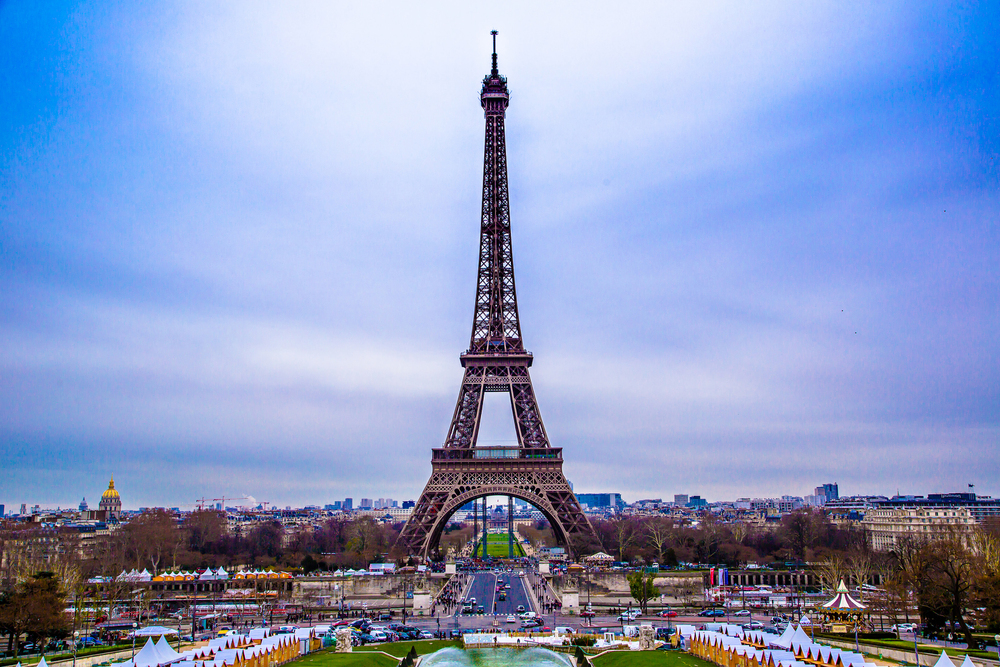
The supposed capital of fine dining has become a tourist trap, where mediocre bistros charge premium prices for reheated, frozen meals while capitalizing on the city’s culinary reputation. Many restaurants near major attractions serve mass-produced food that tastes nothing like the legendary French cuisine that built the city’s fame.
The worst part is that genuinely good restaurants are often hidden in neighborhoods tourists never visit, while the accessible spots serve overpriced disappointments to visitors who expected culinary magic.
New York City, USA

Despite its reputation as a food mecca, the city’s most hyped restaurants often deliver Instagram-worthy presentations with flavors that fall completely flat. The dining scene has become more about social media buzz than actual culinary excellence, with restaurants prioritizing photogenic dishes over taste.
You’ll pay Manhattan real estate prices for meals that would be considered mediocre in cities with less culinary hype but more genuine commitment to food quality.
Like Travel Pug’s content? Follow us on MSN.
London, England
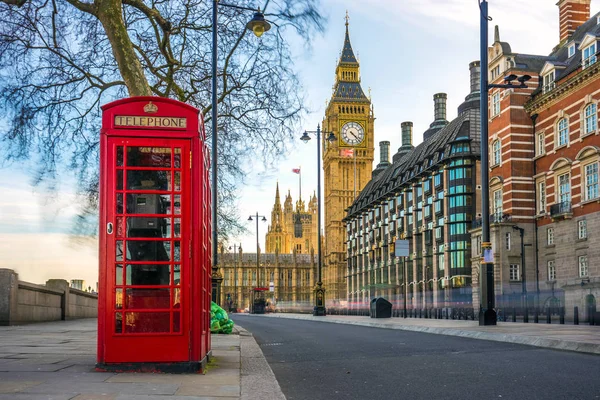
British cuisine has tried desperately to shed its bland reputation, but most of London’s celebrated restaurants still can’t overcome the fundamental lack of a cohesive culinary identity that still affects English cuisine’s global perception. The city’s ‘innovative’ dining scene often feels like chefs throwing random ingredients together without understanding basic flavor principles.
Even the ethnic restaurants that should be London’s saving grace are often watered down to suit local palates, resulting in Indian and Chinese food that would be laughed out of Mumbai or Hong Kong.
Las Vegas, USA

Celebrity chef outposts in Vegas typically serve watered-down versions of dishes that made those chefs famous elsewhere, while charging premium prices for the privilege of dining in a casino. These restaurants are designed to maximize profit from high-rolling tourists rather than showcase actual culinary talent, resulting in meals that feel mass-produced despite their upscale branding.
The city’s commitment to excess over excellence means even simple dishes get unnecessarily complicated presentations that distract from fundamental flavor problems.
Dubai, UAE

The city’s ultra-modern dining scene prioritizes luxury presentation over culinary substance, creating restaurants that feel more like expensive theater productions than places to enjoy good food. Most establishments import celebrity chefs’ names without their actual involvement, leaving local dishes that are often executed without the original context or culinary nuance.
The result is overpriced food that looks impressive but tastes like expensive imitations of dishes that work much better in their original locations.
Like Travel Pug’s content? Follow us on MSN.
Sydney, Australia

Australia’s supposed food capital serves cuisine that tries too hard to be internationally sophisticated while ignoring the country’s culinary strengths, resulting in confused dishes that don’t satisfy anyone. The city’s restaurants often charge prices comparable to major European capitals while delivering food quality that wouldn’t pass muster in smaller Australian towns with stronger local food traditions.
Even the famous seafood scene disappoints, with many establishments serving frozen imports while charging premium prices for ‘fresh local catch.’
Amsterdam, Netherlands
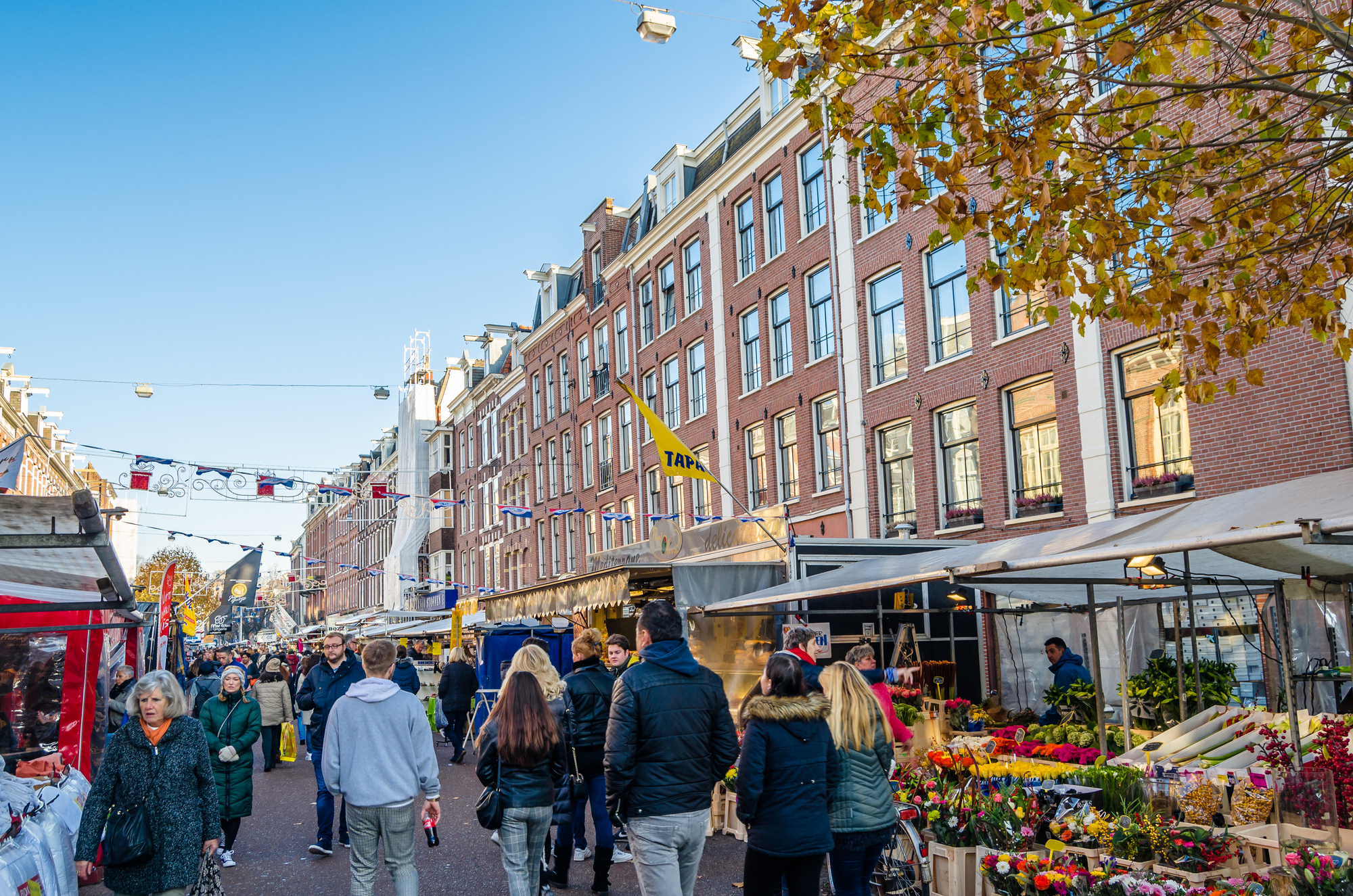
Beyond the novelty of stroopwafels and cheese, Amsterdam’s dining scene offers little that would impress serious food enthusiasts, with most restaurants serving generic European fare at tourist prices. The city’s culinary reputation seems built entirely on its café culture and novelty foods rather than any genuine cooking traditions worth celebrating.
Even the ethnic restaurants that should provide variety often serve Americanized versions of international cuisines that would embarrass their countries of origin
Brussels, Belgium

While the city has decent beer and chocolate, the overall dining scene remains stuck in heavy, outdated cooking styles that feel more like historical reenactment than modern cuisine. Belgian restaurants often serve portions that prioritize quantity over quality, using techniques and flavor combinations that haven’t evolved much since the 1950s.
The famous mussels and frites get repetitive quickly, and most other local specialties are variations on the same heavy, cream-based themes that don’t offer much variety for extended visits.
Like Travel Pug’s content? Follow us on MSN.
Copenhagen, Denmark
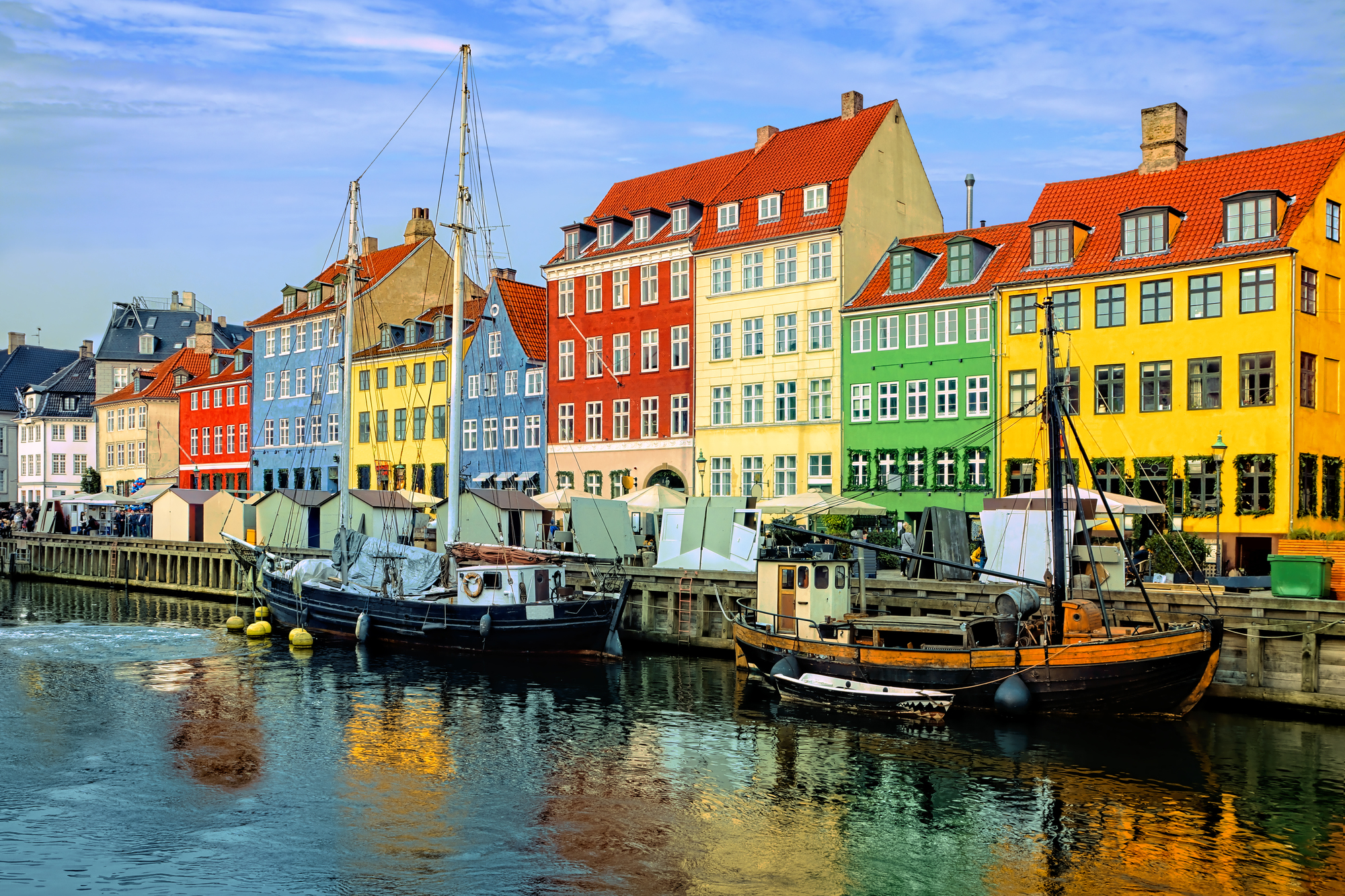
The Scandinavian fine dining movement has created restaurants that prioritize conceptual cleverness over actual flavor, serving tiny portions of foraged ingredients that cost more than most people’s weekly grocery budgets. New Nordic cuisine often feels like eating expensive science experiments rather than satisfying meals, with chefs so focused on innovation that they forget food should taste good.
The movement’s obsession with local ingredients works against flavor when those ingredients are inherently bland items like pine needles and fermented roots.
Stockholm, Sweden

Swedish cuisine’s limited ingredient palette and climate restrictions create a dining scene that struggles to offer variety or excitement, especially for visitors accustomed to more diverse culinary traditions. The city’s restaurants charge premium prices for simple preparations of fish and root vegetables that don’t justify the cost, particularly when similar ingredients are prepared more skillfully in neighboring countries.
Even the celebrated seafood scene feels repetitive, with most establishments serving variations on the same few Nordic fish preparations.
Zurich, Switzerland
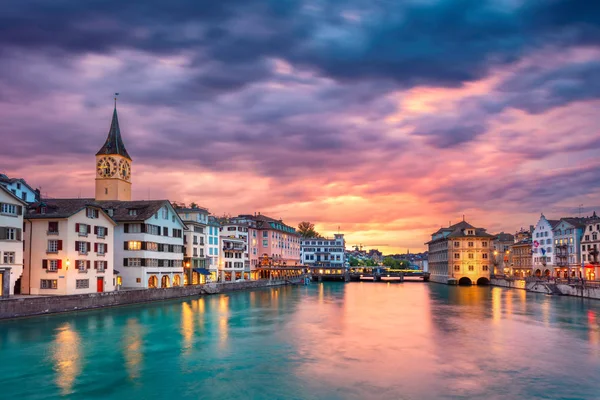
Swiss cuisine combines German heaviness with French pretension while achieving neither comfort nor elegance, creating a dining scene that disappoints on multiple levels. The city’s restaurants charge some of the world’s highest prices for food that rarely rises above cafeteria quality, banking on Switzerland’s reputation for quality rather than delivering it.
Most meals feel like expensive versions of boarding school food, with heavy sauces and overcooked proteins that leave diners wondering where all their money went.
Like Travel Pug’s content? Follow us on MSN.
Geneva, Switzerland
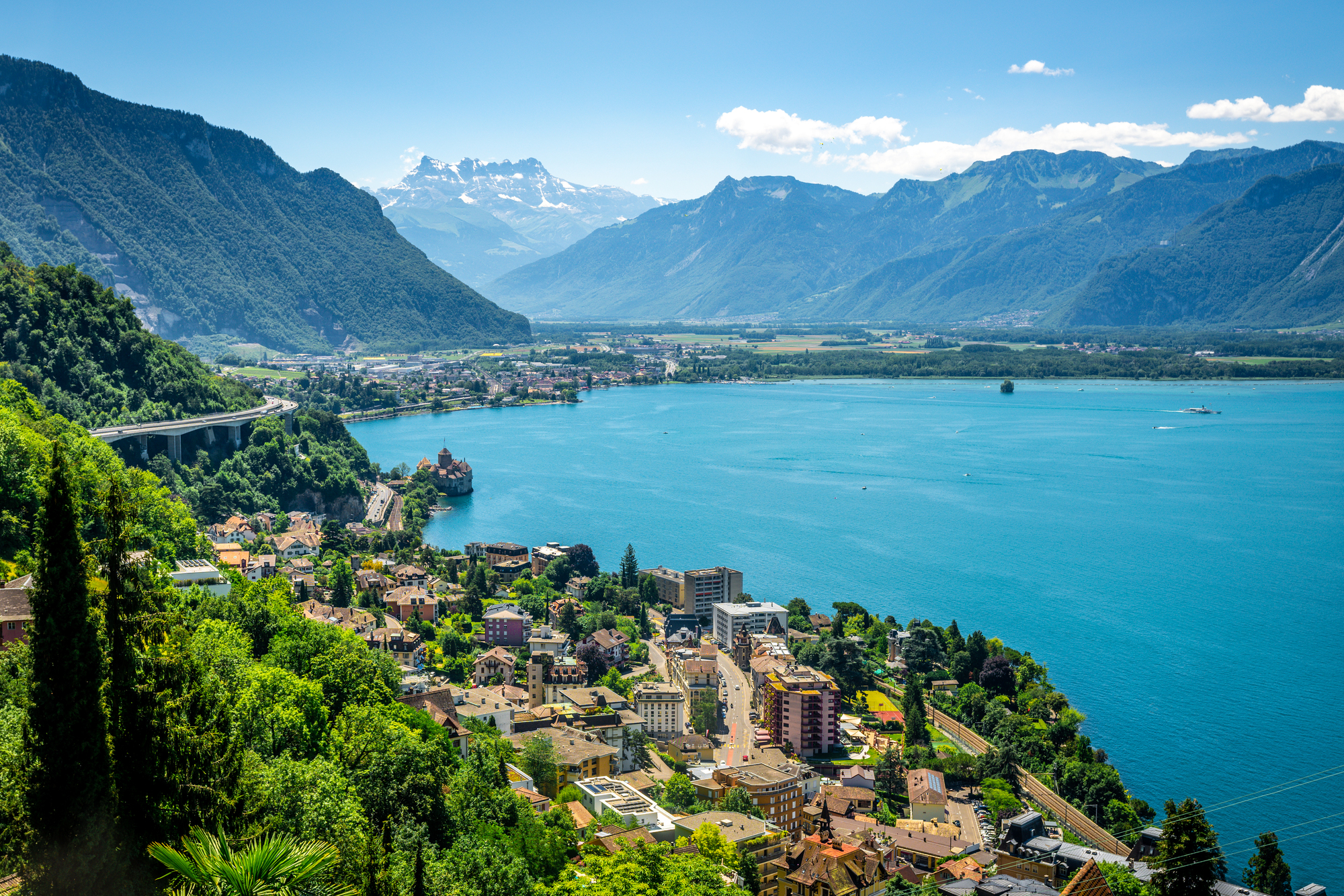
International influence should theoretically improve Geneva’s dining scene, but instead creates a confused culinary identity where restaurants serve mediocre versions of various world cuisines without mastering any of them. The city’s focus on diplomacy and business means restaurants cater to expense account dining rather than developing genuine culinary excellence, resulting in safe, boring food at premium prices.
Even simple items like salads cost more than fine dining entrées in other cities, while delivering flavors that wouldn’t impress at a chain restaurant.
Oslo, Norway

Norwegian cuisine’s reliance on preserved fish and limited seasonal ingredients creates a dining scene that feels more like survival food than a destination dining experience, especially at the premium prices Oslo restaurants charge. The city’s attempt to create a fine dining identity around traditional preservation techniques results in meals that taste like expensive versions of camping food.
Most restaurants serve variations on the same few protein sources prepared in similar ways, making extended visits feel repetitive regardless of how much you’re willing to spend.
Reykjavik, Iceland
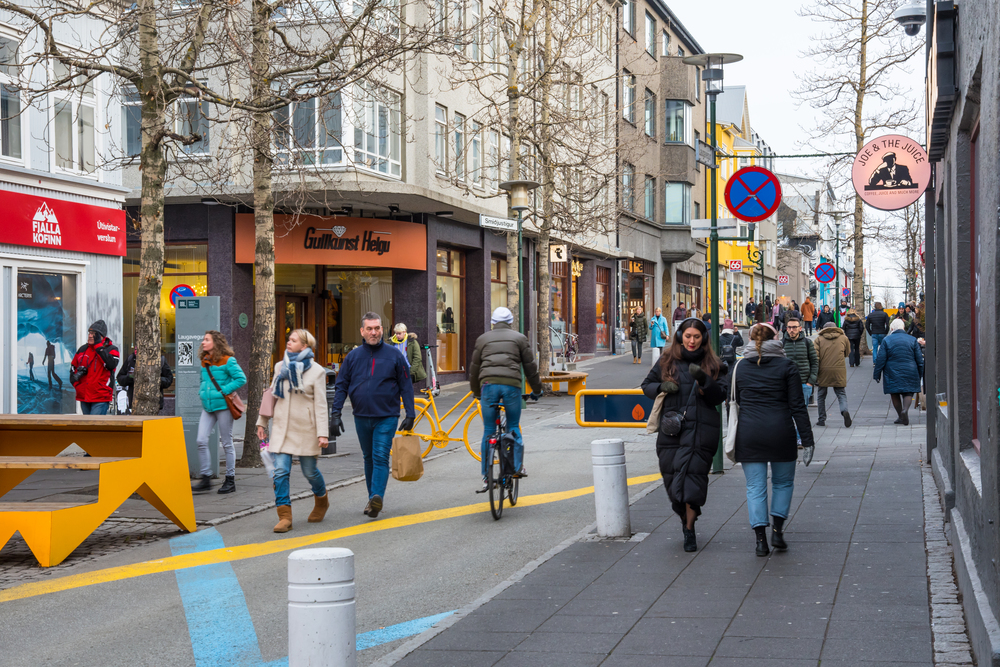
Iceland’s isolation has created a culinary scene built around novelty ingredients like fermented shark rather than developing actual cooking techniques, leaving visitors with expensive gimmicks instead of satisfying meals. The limited growing season and harsh climate mean most ‘local’ ingredients are either preserved beyond recognition or imported at costs that get passed directly to diners.
Restaurants charge premium prices for small portions of unusual foods that function more as conversation starters than actual cuisine.
Like Travel Pug’s content? Follow us on MSN.
Dublin, Ireland

Irish cuisine has never recovered from its reputation for blandness, and Dublin’s restaurants haven’t done much to change that perception, serving heavy, underseasoned food that prioritizes comfort over flavor. The city’s dining scene relies too heavily on potatoes and dairy to create variety, resulting in meals that feel repetitive even within a single restaurant visit.
Even the celebrated pub food scene disappoints, with most establishments serving frozen appetizers and reheated entrées while charging prices that suggest actual cooking is happening.
Edinburgh, Scotland

Scottish cuisine’s heavy reliance on fried foods and organ meats creates a dining scene that appeals more to novelty seekers than serious food enthusiasts, especially when presented at Edinburgh’s tourist-inflated prices. The city’s restaurants often serve traditional dishes that were designed for much colder climates and more physically demanding lifestyles, making them feel excessive and unbalanced for modern diners.
Even the seafood, which should be Scotland’s strength, often gets overshadowed by heavy preparations that mask rather than enhance the natural flavors.
When Reputation Exceeds Reality
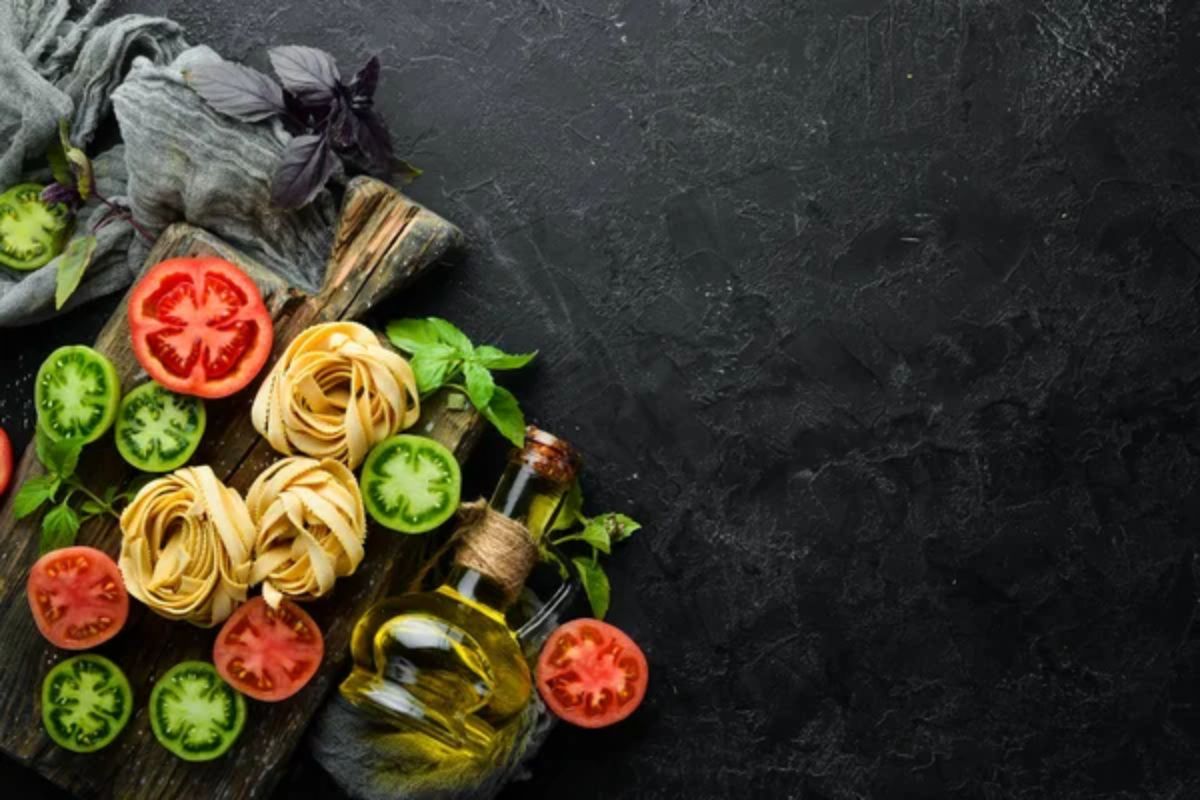
These cities demonstrate how culinary reputations can become self-perpetuating myths that survive long after the actual food quality has declined or never existed in the first place. Many of these destinations built their food fame during eras when international travel was limited and diners had fewer points of comparison, allowing mediocre food scenes to develop legendary status through limited competition.
Today’s connected world makes it easier than ever to discover genuinely excellent food cities that focus on flavor overhype, making these disappointing destinations seem even more outdated by comparison. The smartest food travelers now seek out cities where locals care about what they eat, rather than places that simply market themselves as culinary destinations.
Like Travel Pug’s content? Follow us on MSN.
More from Travel Pug

- 20 Best Beach Towns in the Carolinas
- 13 Destinations Where Tourists Regularly Regret Their Trip
- 20 Things You Actually Get in First Class
- 20 Small Airports With Aviation Museums
- 20 Places in the U.S. That Are Perfect for a Reset Trip
Like Travel Pug’s content? Follow us on MSN.
